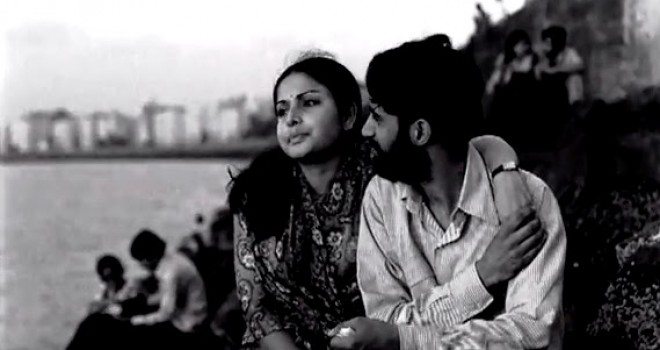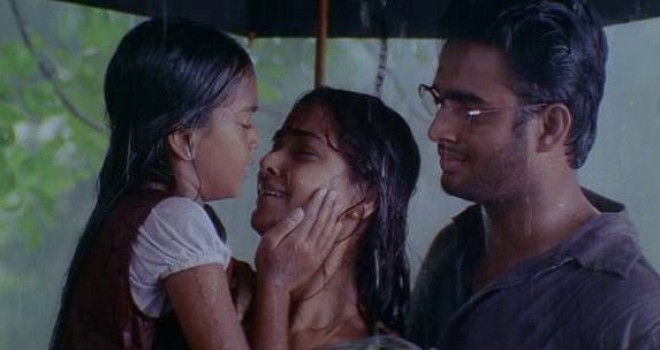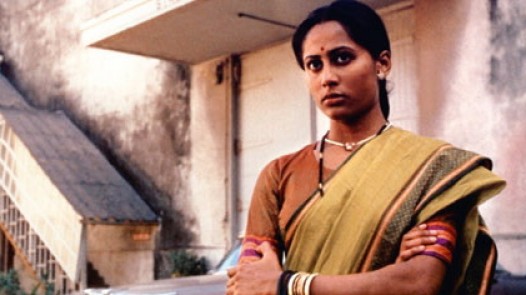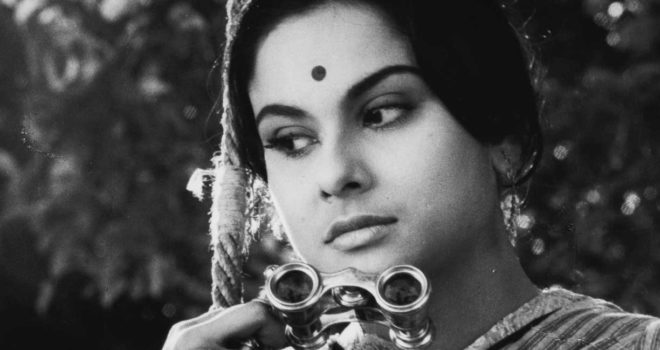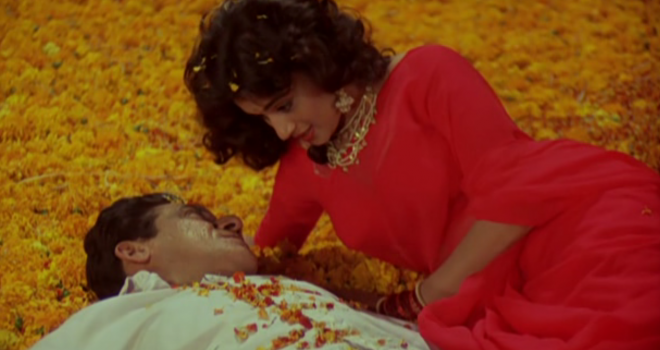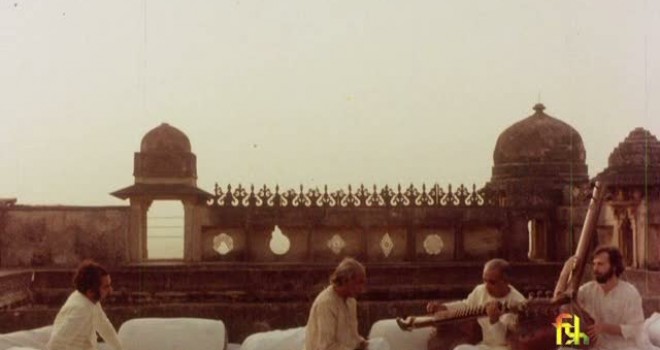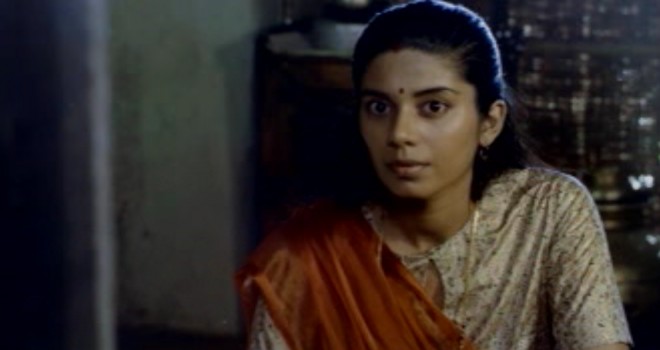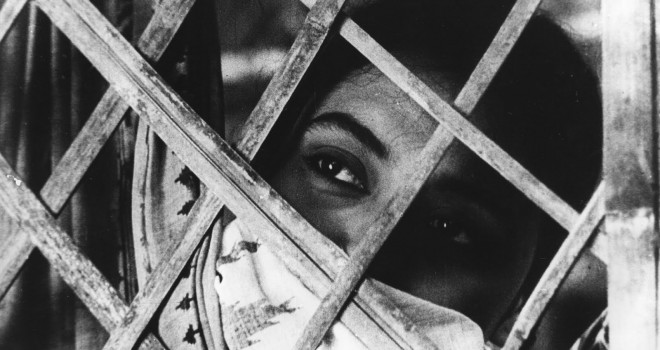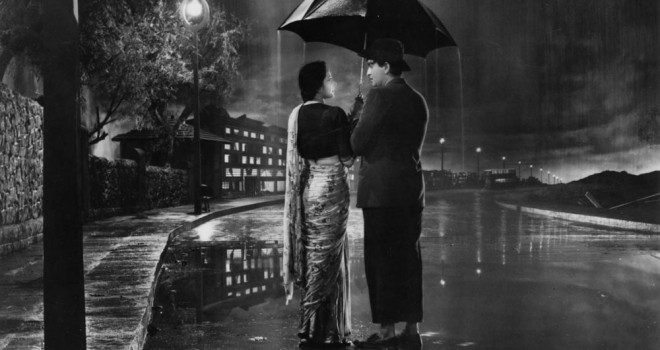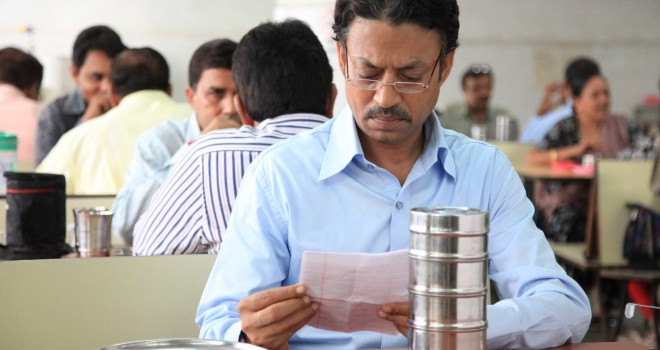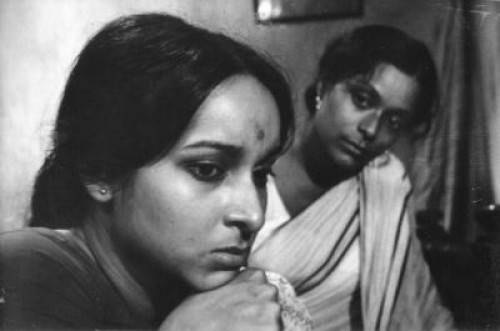Dispensing with completeness and focusing instead on the diversity of an exceptional heritage, what we are again celebrating on the occasion of this centenary year is quite simply the festival’s passion for Indian cinema. Twelve films, including two programmed for our gatherings at the festival opening and the awards ceremony, will reconnect us with some of the emblematic names of Indian cinema. We hope that spirit of discovery or the joys of rediscovery will encourage many of you to watch Raj Kapoor, Mrinal Sen, Guru Dutt, Kumar Shahani, Shyam Benegal, Ritwik Ghatak, Satyajit Ray, Mani Ratnam, Awtar Krishna Kaul, Mani Kaul, Ritesh Batra, Sudhir Mishra.
In India, cinema has such a special place that it is now difficult to imagine the country without these images that flesh it out. We could perhaps venture to say that cinema is an integral part of Indian reality, not an external phenomenon but fully embedded in Indian social life. If these films – the vantage point from which we observe the subcontinent with the fascinated curiosity of some decipherer of mysterious codes – make India appear as an exceptionally fascinating film set, it is because clear signs of their existence are ubiquitous (street posters, television, political campaigns headed by former stars). This situation is totally uncommon. Here, cinema relays, redistributes and reformulates the principles and imaginaries that structure Indian society without competing against traditional culture. Cinema embodies the symbolic space of ongoing adaptation to contemporary realities, whilst at the same time attesting to the permanence of anthropological characteristics.
Serge Daney, to whom we paid tribute last year, posited that cinema does not so much help to democratize the psychoanalytical experience but rather shifts the religious sphere into the social space. We could back this argument by pointing out that realism, or verisimilitude, was the first major question and preoccupation of Western cinema. Inventing a realist aesthetic reference became the sine qua non of a new regime of belief. Indian cinema, and even more so its filmmakers, have never been indifferent to the spirit or expressions of Western cinema. They even go a step further, assimilating and merging these influences and references (including realism) with the irreducible realities and principles of their local cultures. In India, cinema cohabits naturally with the religious. More precisely, it amplifies it. One only has to look at the long tradition of mythological films that enables Hindus – and other religions too – across the country to keep in lifelong contact with their stories and traditions. In fact, these films make up a film genre in its own right. The spectators’ idolization of actors (who may get caught up in this game more than their audiences) likewise serves, through entertainment, as the new didactic vestment of myth. Film songs keep alive the country’s musical cultures (and in Indian films song is everywhere, in fields and cities alike), and this also holds true for dance, which was originally the manifestation of a sacred, learned and also popular dimension.
To put it in a very small nutshell, if India is so concerned with cinema in that it literally inhabits the country, it is because the relationship between the world of representation and the real world is not totally ruled by a principle of impermeability. Between these two poles, the frontier is shifting and invisible enough to provide us with that curious and marvellous spectacle of Indians entering or leaving film theatres whatever the hour, back into the street, missing the beginning and the end of the screening. In Indian films, as in life, as all the spectators are aware, the beginning and the end are already known.
Indian cinema makes a unique and exciting promise to those of us who consider it important, regardless of bandwagon effects and the limitations of the “made-in-Bollywood” label: to remain receptive to the films we watch or, put differently, to continue its journey with an openness to every kind of astonishment and remain enthusiastic and moved by everything it does not understand. What could be more precious?
Jérôme Baron



